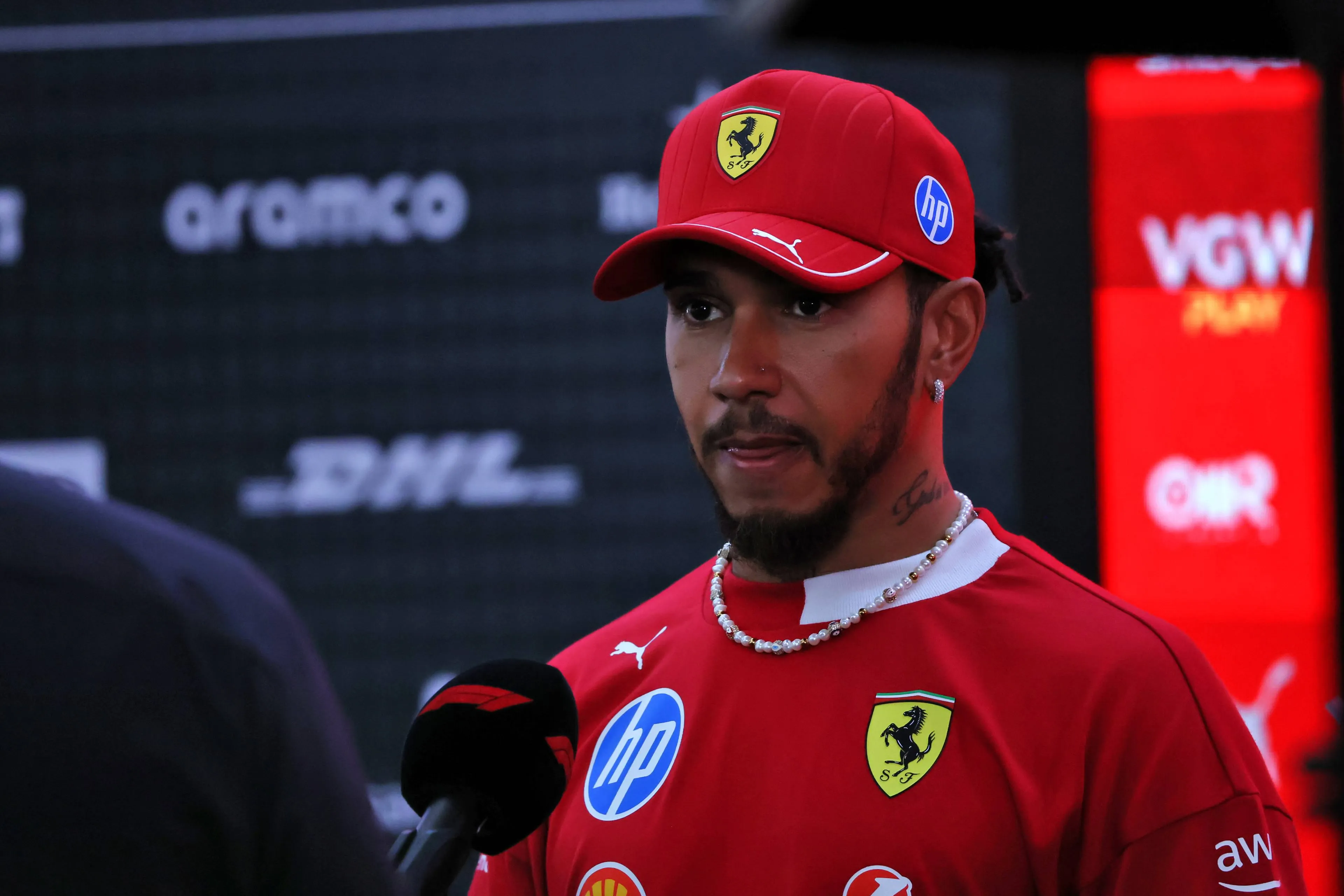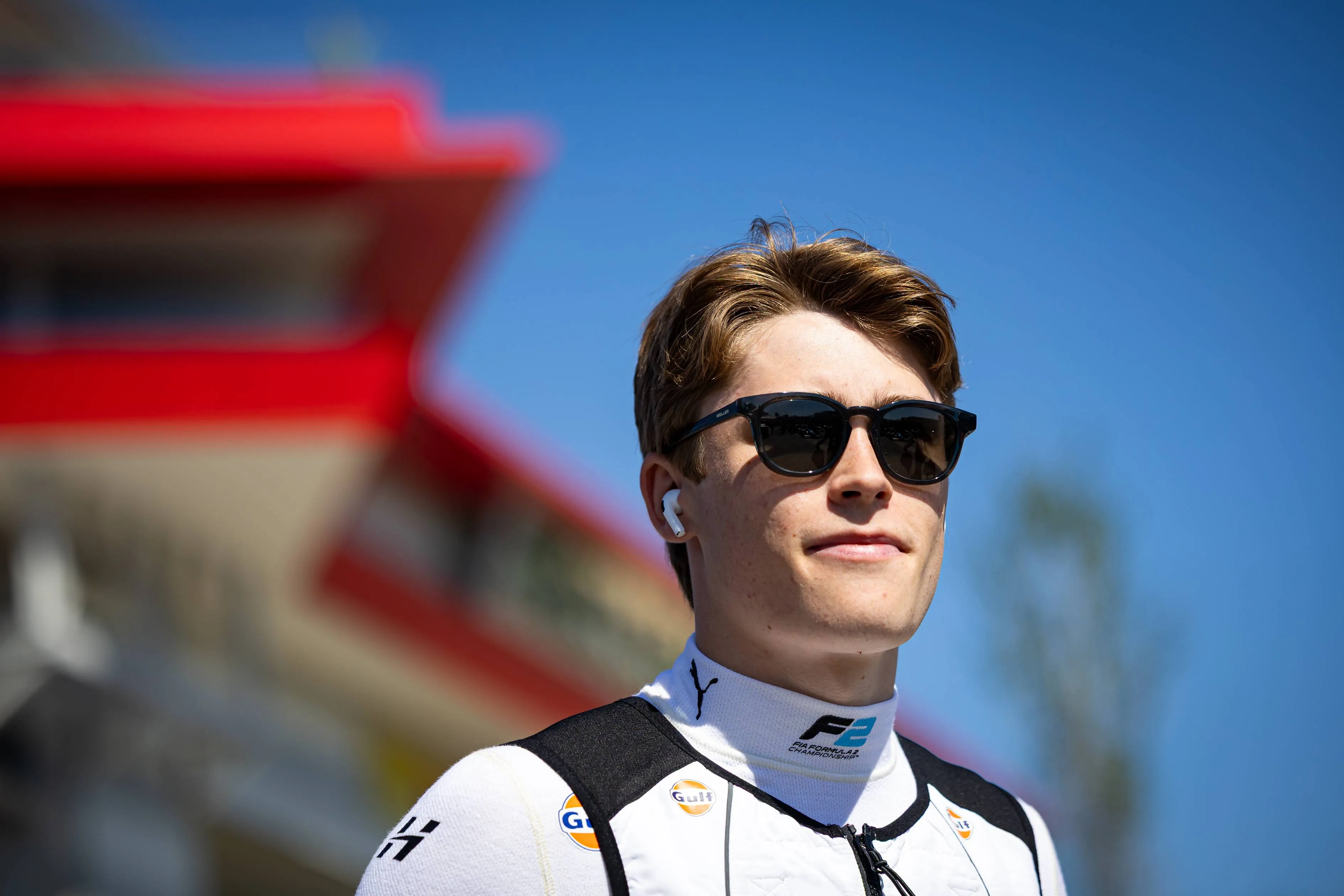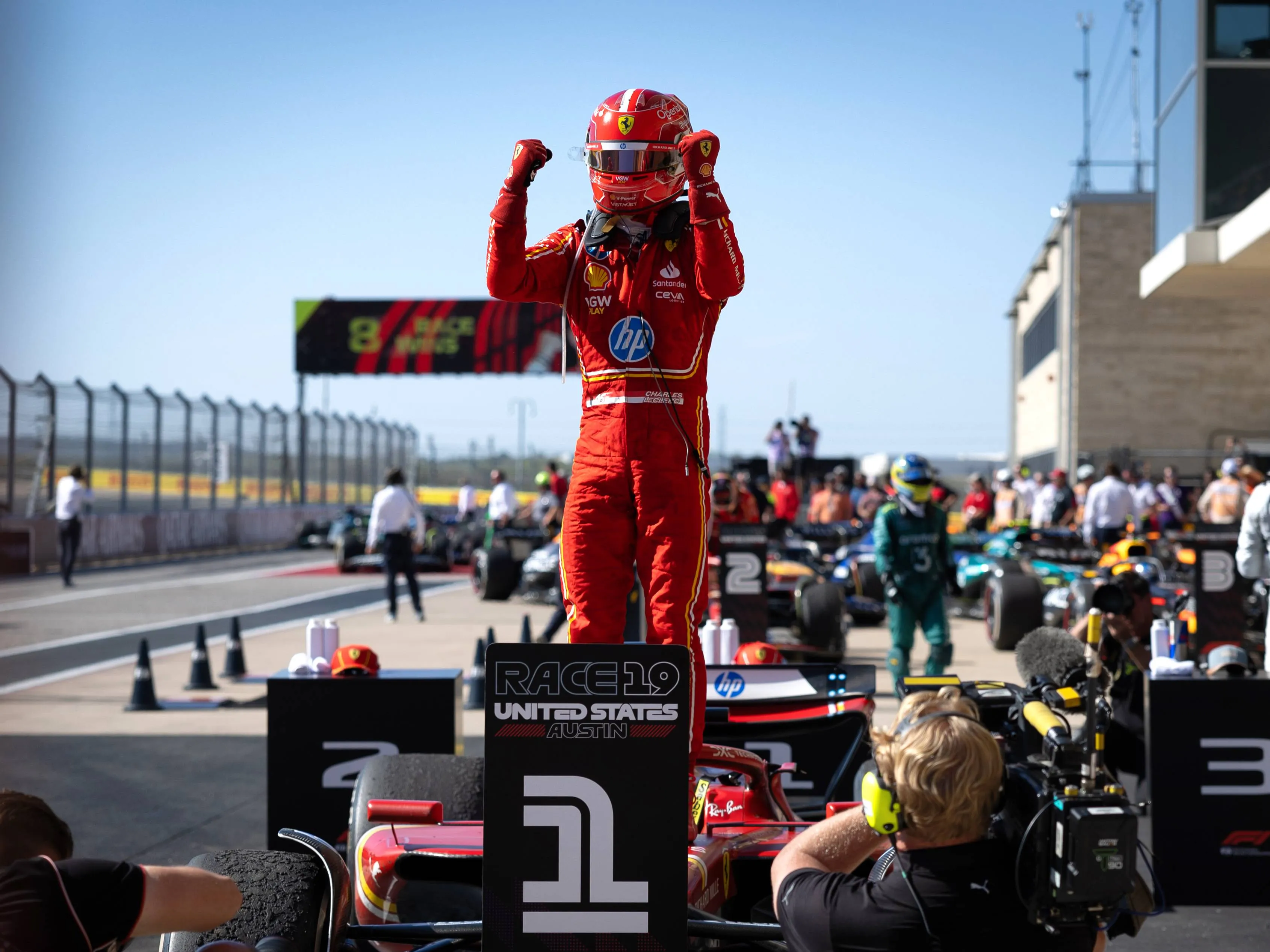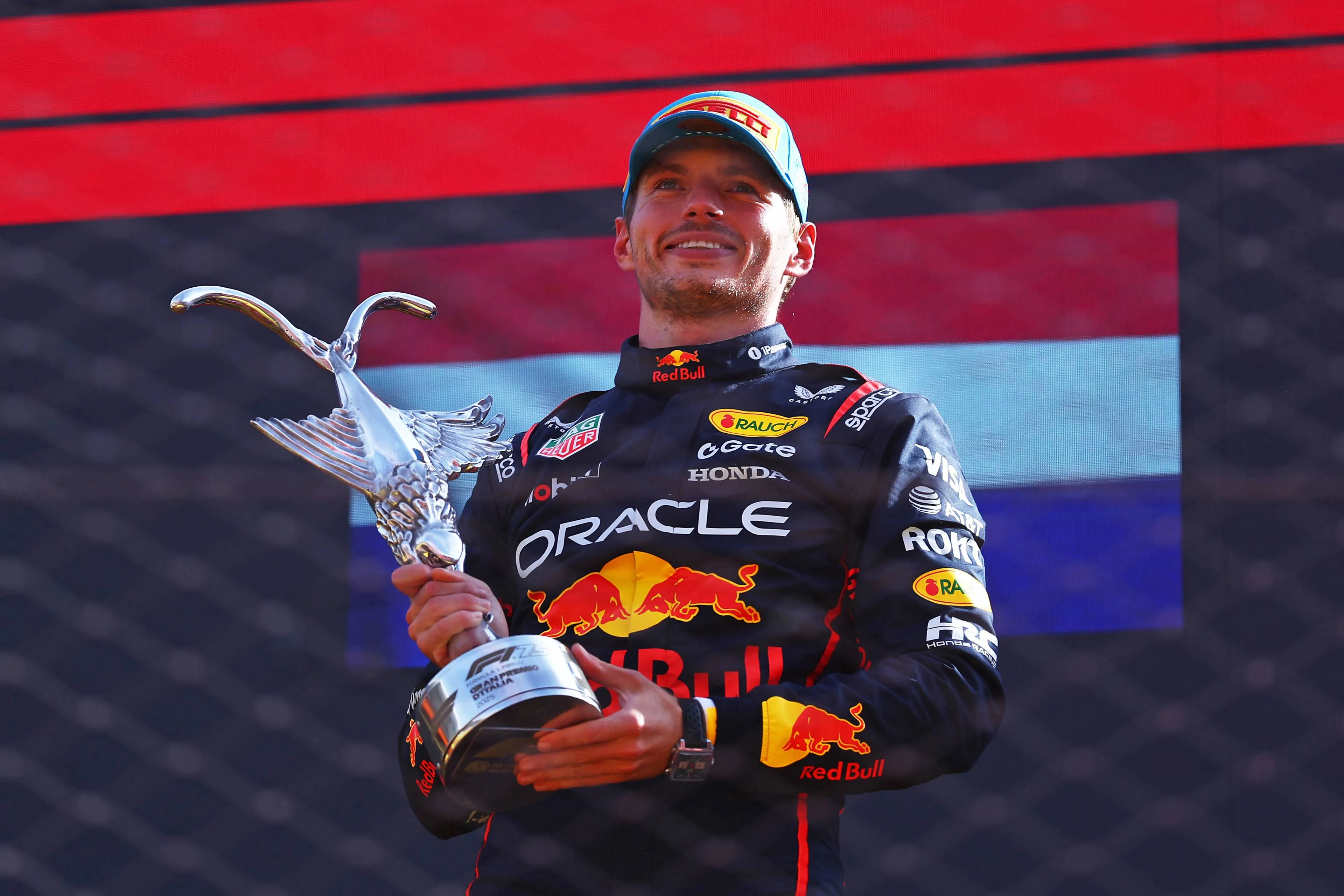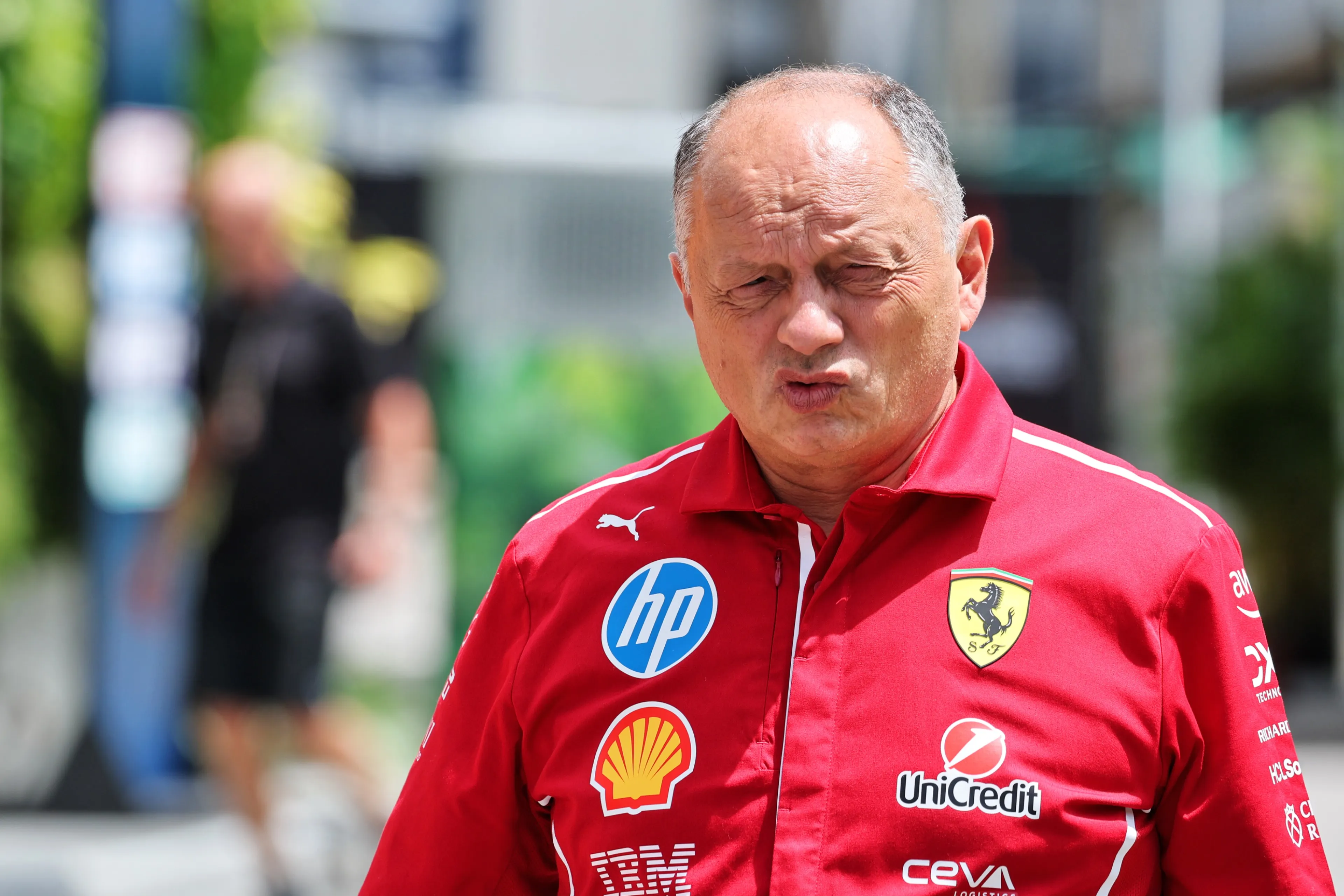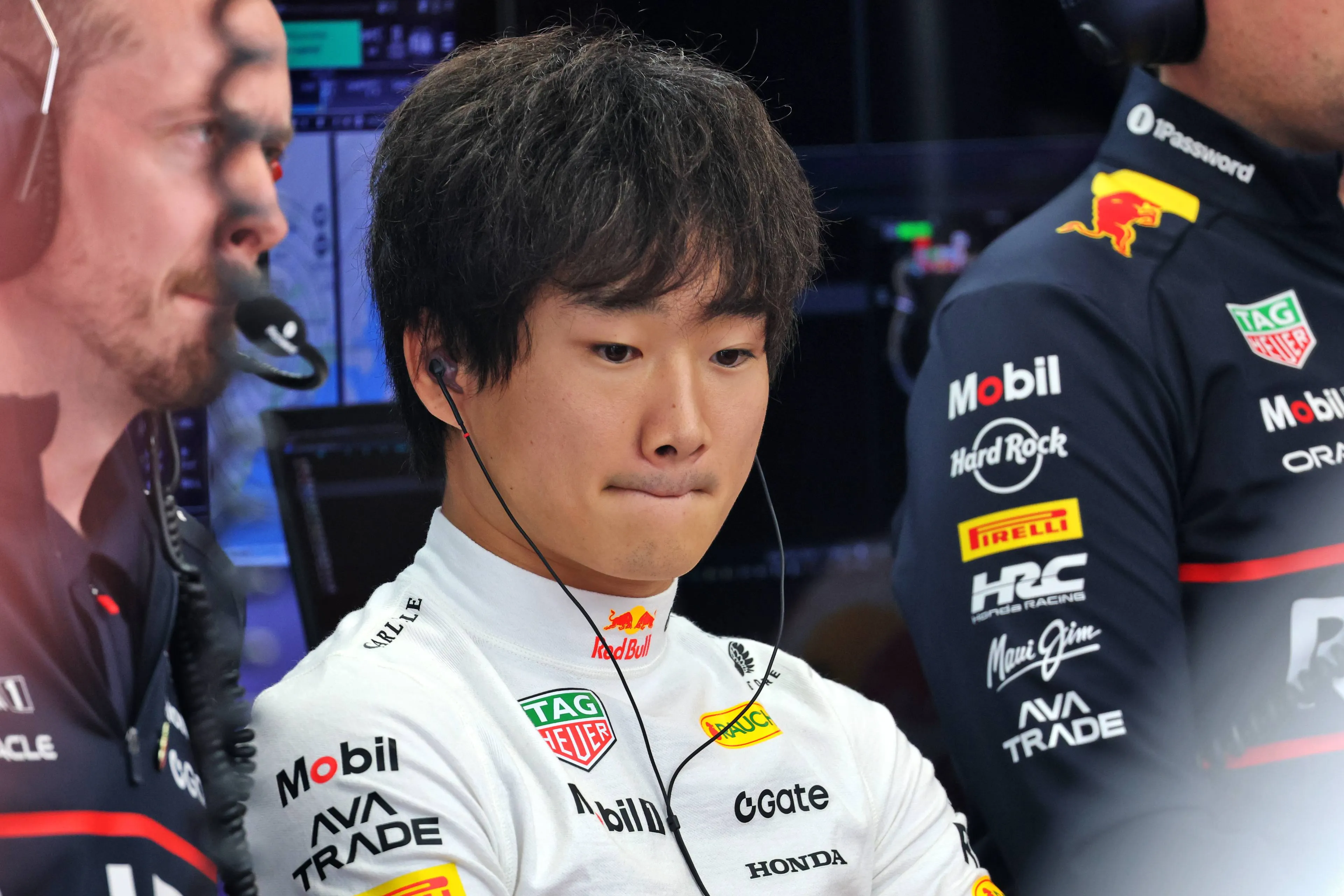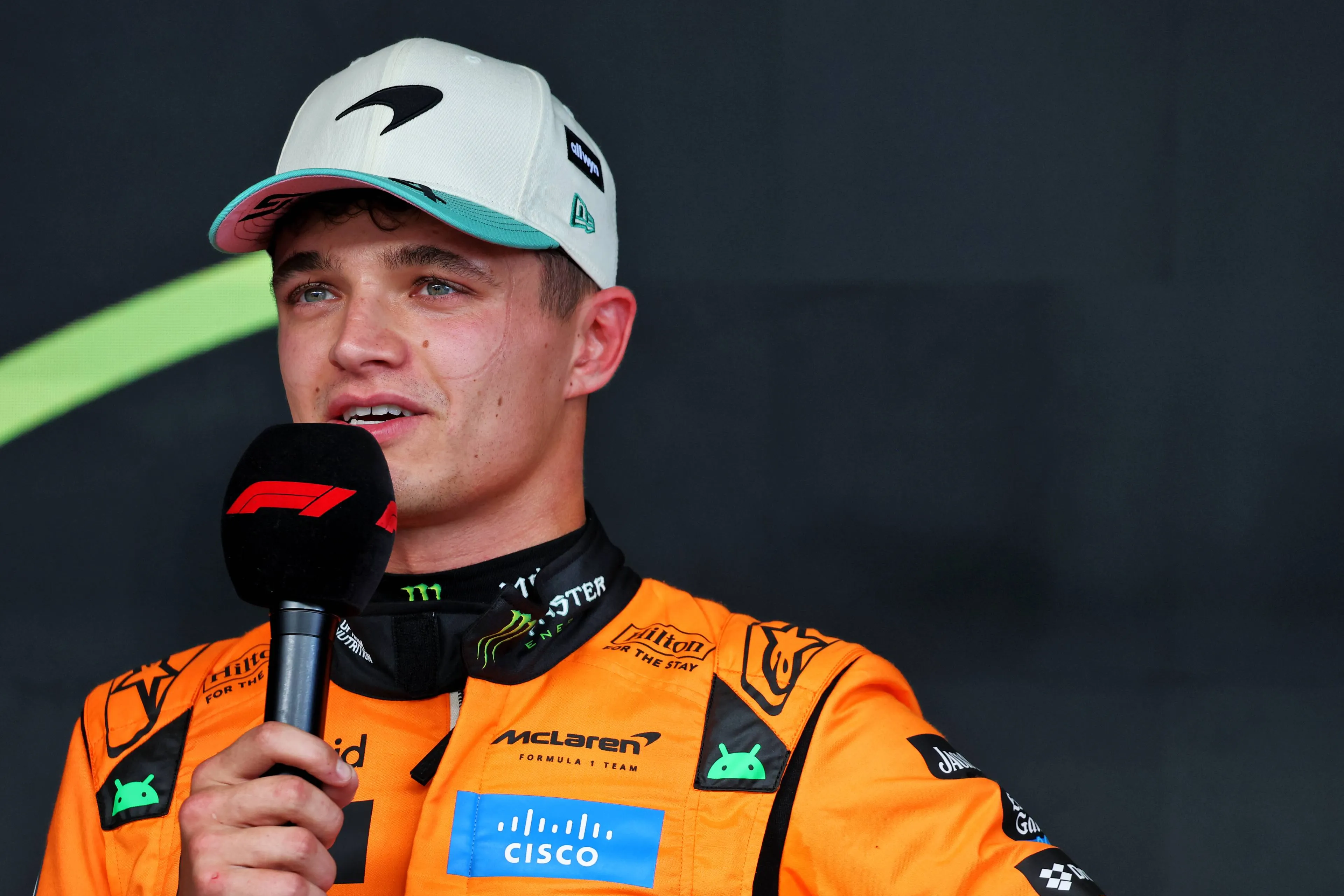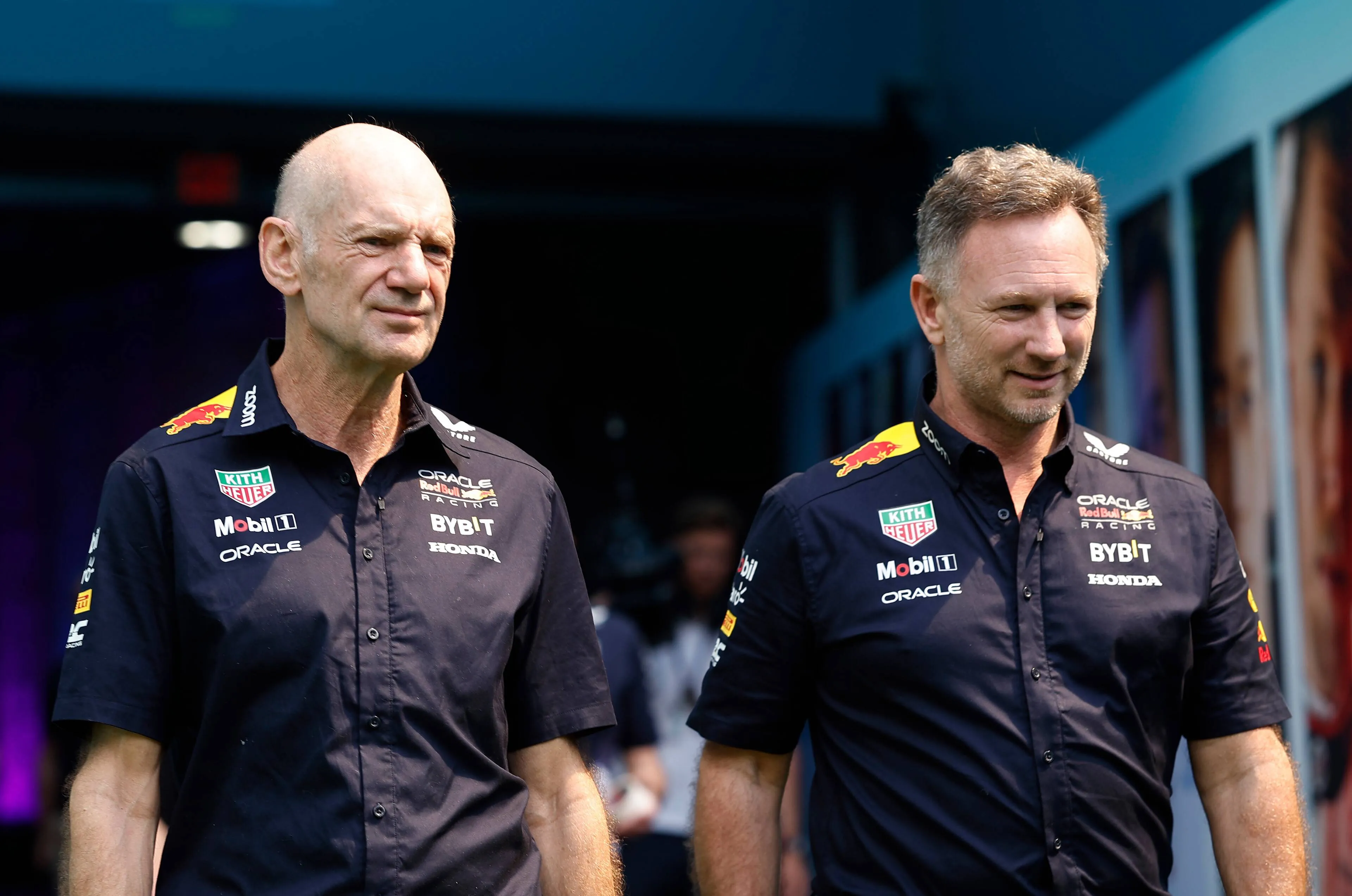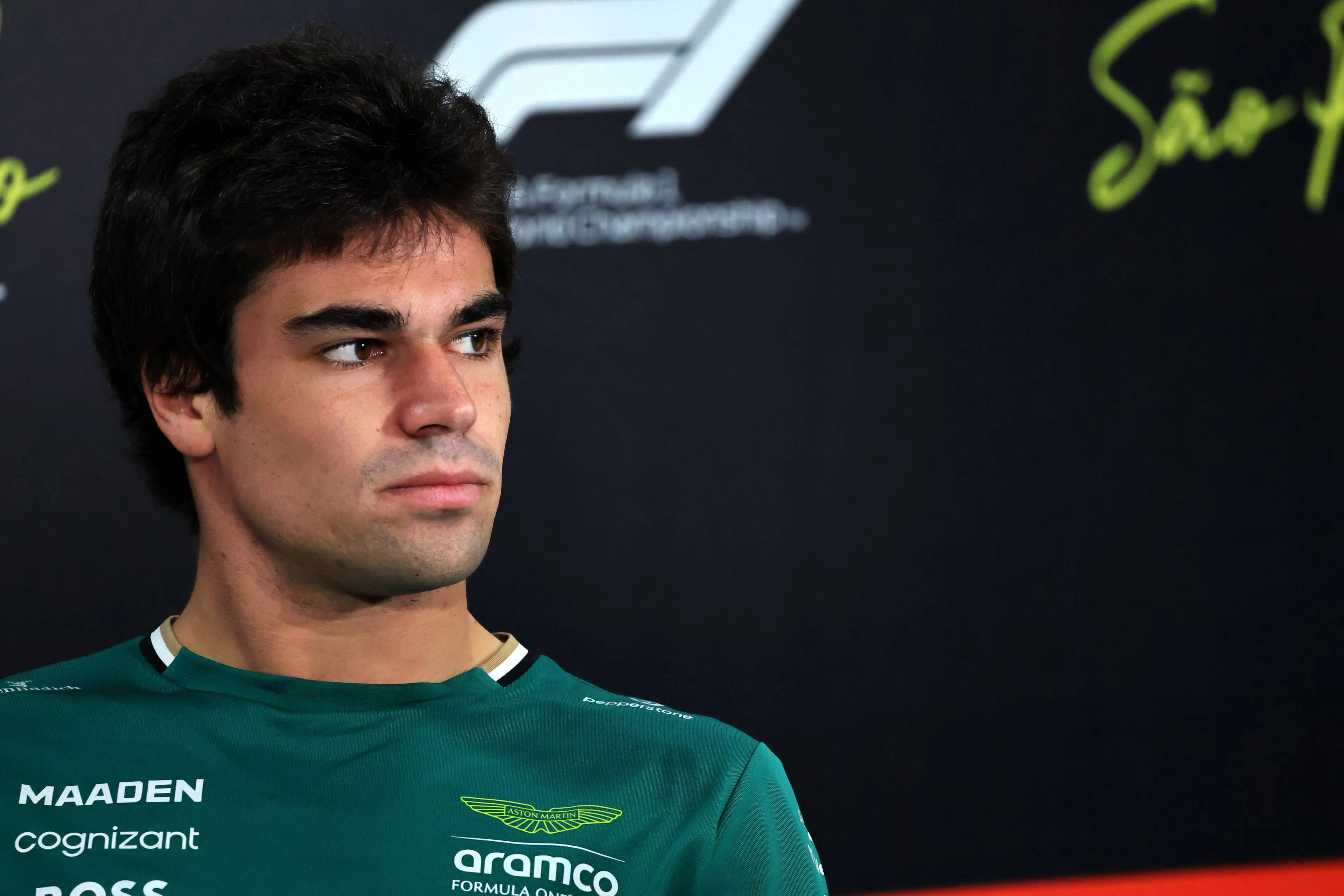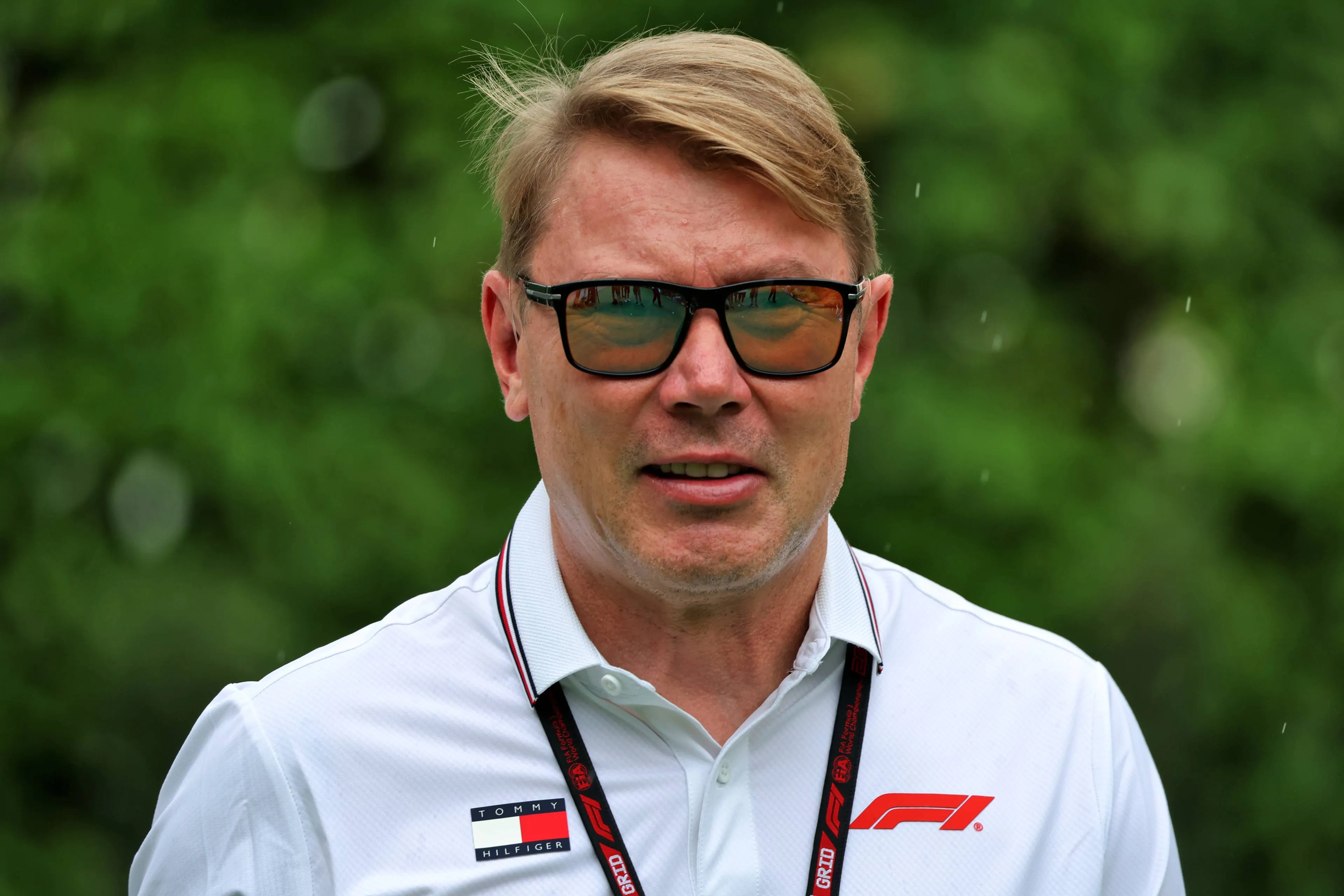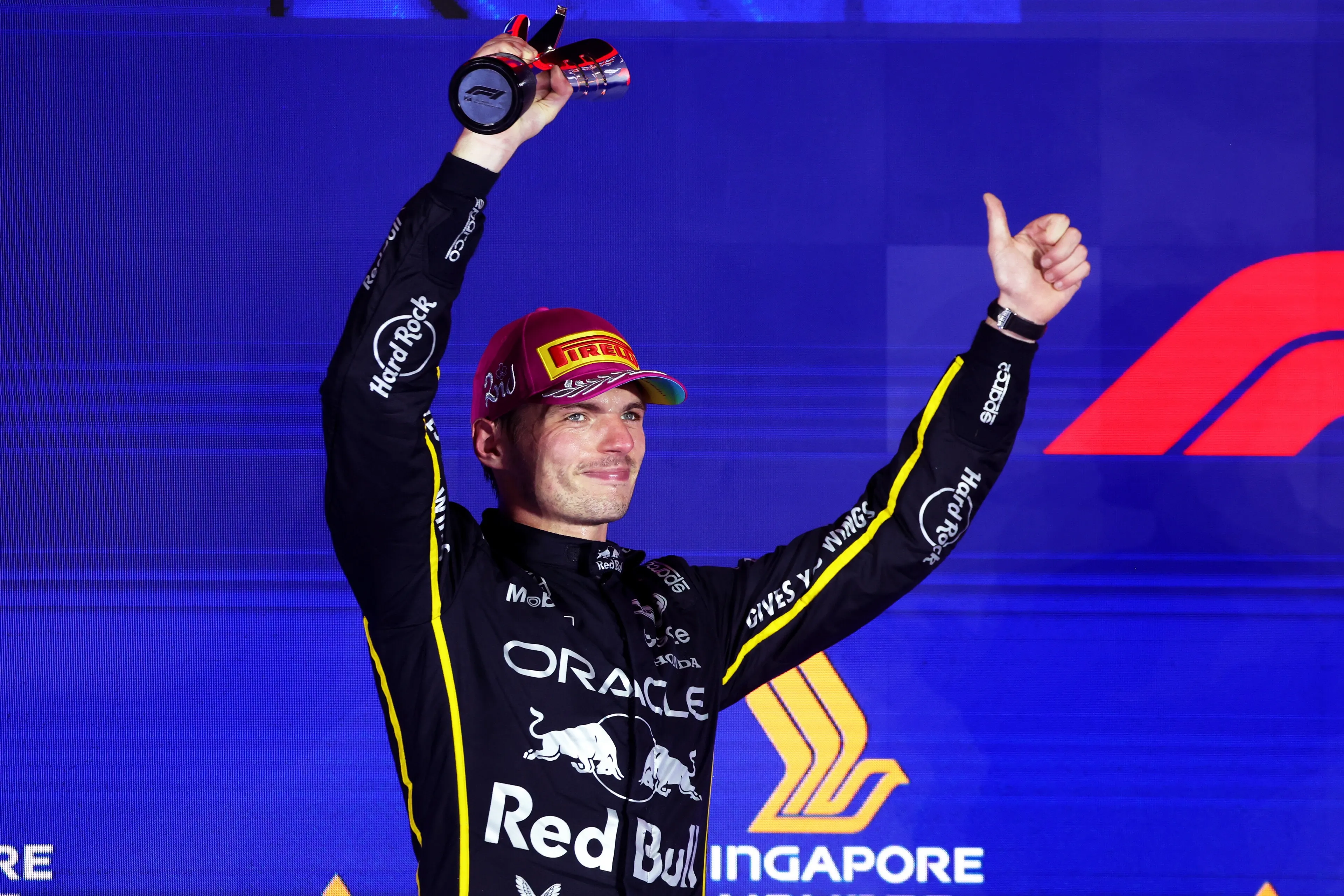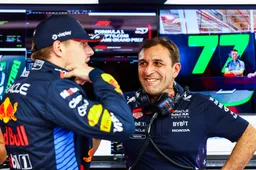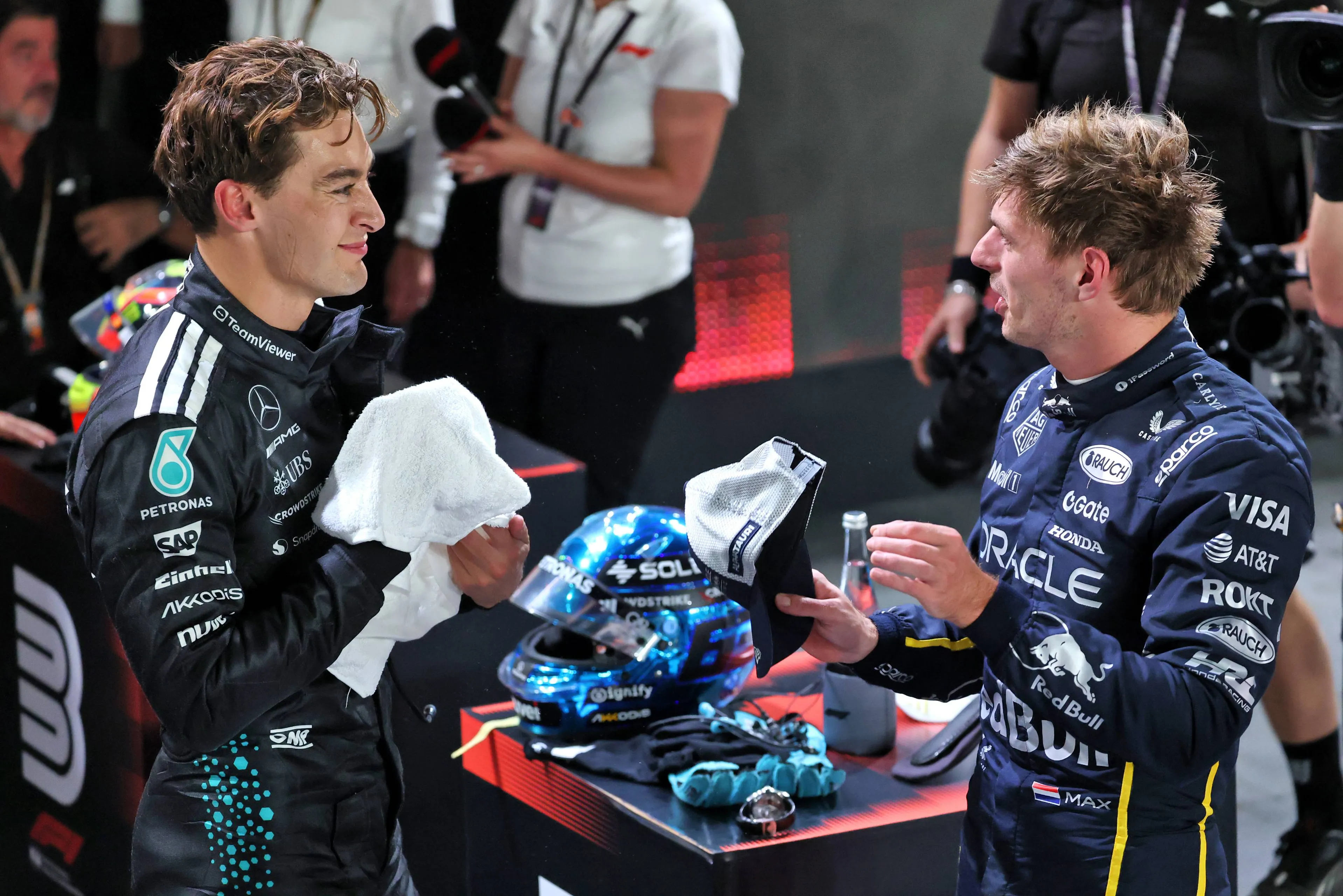
George Russell and Max Verstappen after qualifying for the Singapore GP - Photo: Race Pictures
Flexiwings: Red Bull's and Mercedes's revival, innovation or in breach?
17:40, 13 Oct
Updated: 19:05, 13 Oct
2 Comments
TV viewers were treated to an exciting Singapore Grand Prix. However, it also presented them with visual evidence of Red Bull Racing's and Mercedes' flexible front wings, prompting questions of illegality. GPblog now explains why Red Bull and Mercedes recent are in the clear.
Flexible aeropdynamic components have been under the FIA's watchful eye for a long time now, with the latest attempt to cap the aerodynamic phenomenon introduced at the 2025 Spanish Grand Prix, ironically after Red Bull Racing were amply vocal about their concerns regarding McLaren's front wing flexibility.
Aked if it's true that both Red Bull and Mercedes are in fact using flexible front wings, Bianchi said: "Yes, it's true. Mercedes and Red Bull have brought a new front wing each in Singapore. These new front wings were made with such carbon fibre that the top flaps flex at high speed, while still passing the FIA static tests."
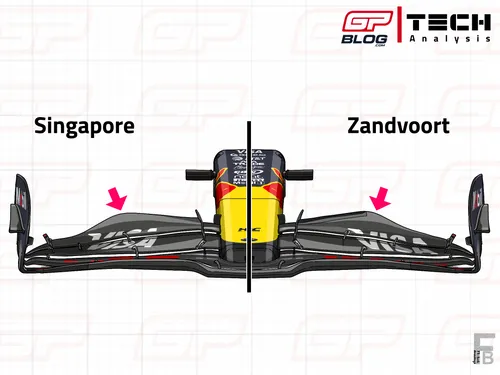
Red Bull's Dutch and Singapore GP front wings. - Illustration: GPblog
How do F1 flexiwings work?
The way the flexible front wings work is fairly simple as GPblog's technical expert explains.
"Basically these wings are designed so that they keep the position at slow speed and on the straights, under the load of air, the top 2 flaps flex, giving an advantage in terms of speed."
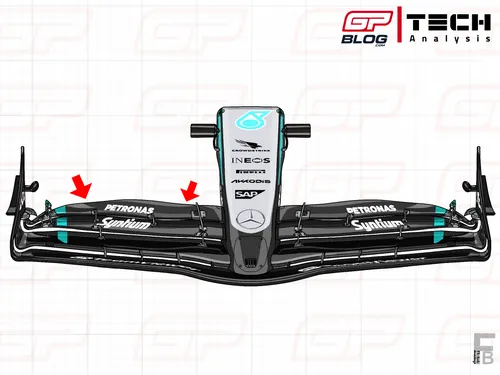
Mercedes' Dutch and Singapore GP front wings - Illustration: GPblog
In Singapore George Russell and Max Verstappen went on to finish P1 and P2 during the race. Despite using flexible front wings the pair mustn't fear being stripped of their results.
He continued: "This solution is legal because these front wings pass the FIA static tests: after the Spanish GP, the new rules state that, under a load of 100N (around 100 kg) the mainplane can't flex of more than 10 mm, while the top two flaps can't flex more than 3 mm under a lot of 60 N.
"What's important is that these specs are within the regulations because they pass the static tests but, thanks to the carbon fibre materials, they bend at high speed."
What Red Bull and Mercedes stand to gain
How big is the impact from the flexible front wings? Significant, says Bianchi, since its benefits are felt in various areas of the car, although, there's an essential caveat.
"These kind of wings make quite a difference, but it's the whole package that matters," GPblog's technical expert says.
"What I mean is that McLaren and Mercedes have designed their car to exploit this phenomenon, while Red Bull have always stated since the beginning of the year that the stiffer the wings the better for them."
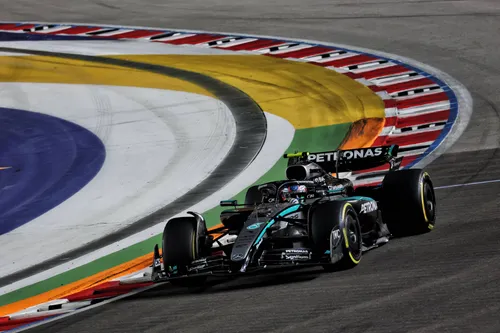
Kimi Antonelli driving during the Singapore Grand Prix qualifying - Photo: Race Pictures
Nevertheless, Red Bull can still benefit from this concept's implementation. "At the same time, these solutions give more freedom in terms of set-up, because teams can adopt higher downforce set-ups and, thanks to the wings bending, their cars can still have a very good speed on the straights, while taking advantage of the higher load in corners," Bianchi explained.
Red Bull faces US GP acid test
Red Bull introduced the flexible front wing, Bianchi believes, to increase "the load generated on the front axle, to make the car more balanced in slow speed corners, where they've been suffering since the beginning of the year.
He added: "But clearly, the wing flexing could also make the car more balanced on other types of circuits. COTA for them will be a crucial test, to see if this wing can bring benefit also in medium/high speed corners."
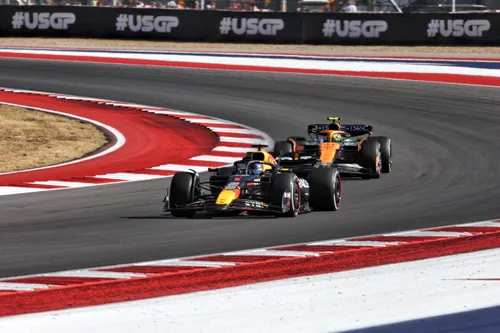
Max Verstappen during the 2024 United States Grand Prix - Photo: Race Pictures
Red Bull's and Mercedes' sporting advantages diverge
With teams halting their 2025 car's development to focus every resource on 2026, the Austrian and German teams stand to benefit substantially from their respective upgrades. GPblog's technical expert argues though, that Red Bull's and Mercedes' outlooks are vastly different.
"I think this can represent quite a big of an advantage for both teams," he says.
"But with a crucial difference: Mercedes's car still has a quite small working window, meaning that all the conditions have to align to make the car work perfectly, just as it happened in Singapore.
"For Red Bull they already have a more well-rounded car after the last few updates, which means that they can take a bigger advantage, because they are already quick on different layouts," Bianchi concluded.
Read also
GPblog's latest F1 Paddock Update
Want to stay up-to-date with what happens in the F1 paddock? Then GPblog's F1 Paddock Update video is the perfect way to do it. Subscribe to GPblog's YouTube channel and turn on notifications to never miss the latest episodes.
Spotify:
Read more about:
Rumors
Popular on GPBlog
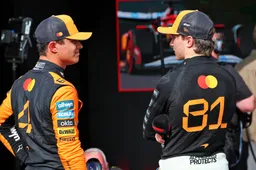
1
McLaren decides on Piastri's role in title battle amid Verstappen threat
2932 times read
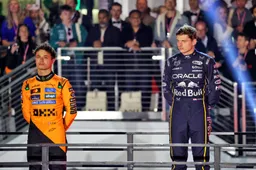
2
Why this rule tweak might give Verstappen the edge over McLaren in Qatar
910 times read

3
Vettel blasts inherent modern F1 trait as motor racing comeback addressed
659 times read
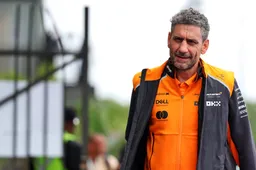
4
McLaren provide further details over costly Las Vegas GP double DSQ
572 times read
Loading

